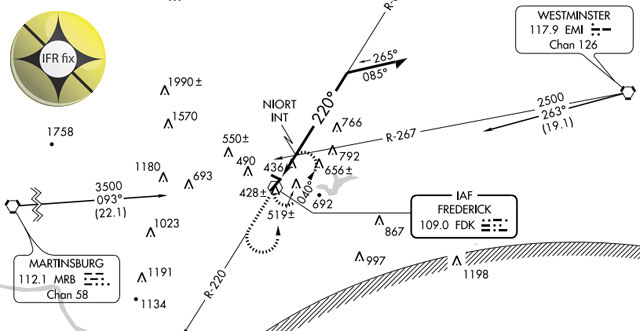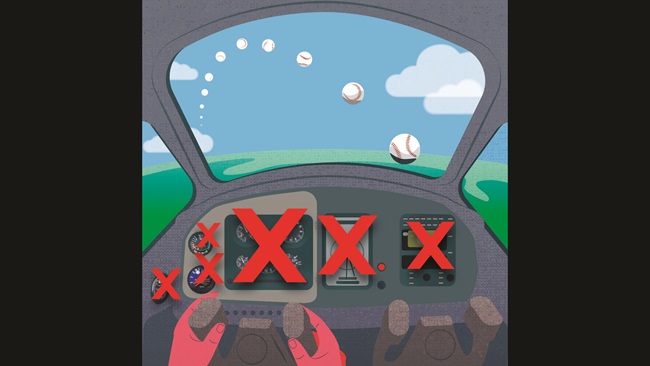
Two submarine captains are sizing each other up through their periscopes. Neither speaks the other’s language—but suddenly the senior sailors are conversing in Morse code in a climactic, disbelief-suspended scene of the movie “The Hunt for Red October.”
How would that film—about a Soviet-era nuclear-sub captain (Sean Connery) attempting to defect—have ended if two English-speaking pilots had replaced Connery and counterpart Scott Glenn at the periscope eyepieces, if the pilot also had to use Morse code as his medium?
It might not have been pretty.
Morse code pioneered early modes of electronic communication, and in aviation’s emerging satellite era, soldiers on. Most pilots who rely on it today probably have memorized a maximum of four letters: the three-letter identifier of their home-base navaid, and the letter i, which precedes localizer identifications.
The familiar drill in radio navigation is to set up the frequency and course, then turn up the volume and listen to the identifier, which is transmitted in Morse code and assures that a navaid is in working order.
Do pilots attempt to interpret what they hear? Many satisfy themselves, at the first “dit” or “dah,” that all is well with the navaid, as commonly observed by flight instructors and designated pilot examiners.
But that’s a gambler’s shortcut. Pilots may assume that an out-of-service navaid will send out no Morse signal because they have learned that during maintenance, the facility that operates a navaid may remove the Morse code identifier altogether. But maintenance personnel also may radiate a test code, says Chapter 1 of the Aeronautical Information Manual. So if you think you just discovered that your home navaid’s identifier is now the word “TEST,” watch out!
Another hazard of failing to ascertain the Morse code comes about if you choose wrong between two navaids with similar frequencies. There were NDBs on channels 227 and 272 around here until one, a compass locator, was shut down—a setup for pilot error.
Recognizing that one of the NDBs used a two-letter identifier (the locator) would have saved the day for a Morse-illiterate pilot. But he didn’t catch the difference, and a pink slip was the reward.
Not as dire an outcome as a sub battle between superpowers, but still tragic.



